As Northern Ballet celebrates its 50th anniversary we look at the success of this ground-breaking dance company
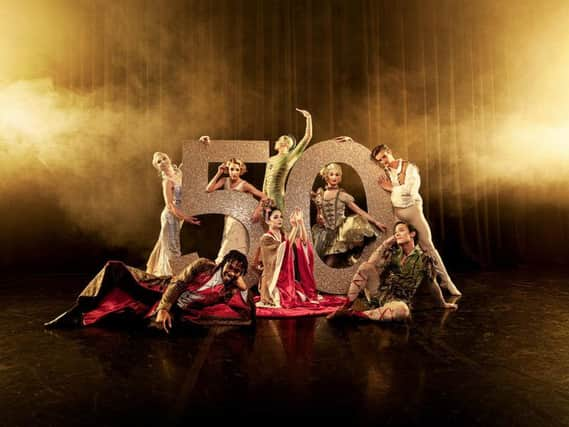

That same month, John Lennon returned his MBE in protest against the British government’s involvement in Biafra and its support of the war in Vietnam.
Meanwhile, on a small stage in the North of England a fledgling dance company was taking the first steps on a remarkable journey. The Northern Dance Company was the brainchild of pioneering choreographer Laverne Meyer who wanted to create an ambitious regional dance company that northern audiences could call their own.
Advertisement
Hide AdAdvertisement
Hide AdHe started at the helm and on November 28 the company’s first recorded performance (the programme included Death & the Maiden and the Brahms Sonata) took place at the University Theatre, Manchester.
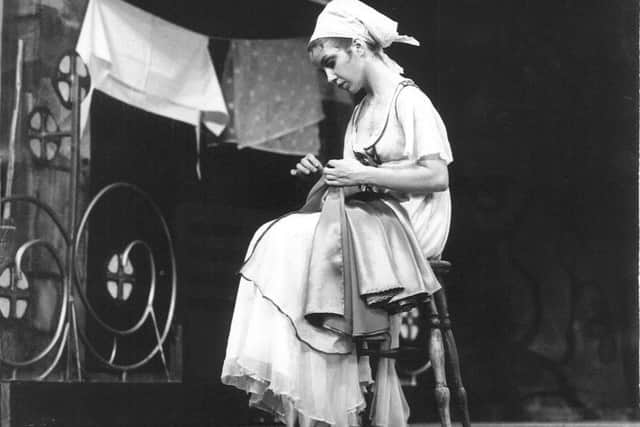

Gentleman Jack writer Sally Wainwright to talk about career at Northern Ballet in LeedsCarol Barrett was a young dancer who was there from the beginning and spent five years with the company. Though born in England, she grew up in Canada where she trained at the Classical Ballet Studio in Ottawa before returning to Europe. It was here that she met Meyer and was impressed with his bold vision for a new dance company rooted in classical and contemporary ballet. The aim was to bring dance to audiences in the north of England, and to perform in theatres, schools and community town halls that couldn’t accommodate the established ballet companies.
She joined the company, which began with 11 dancers, in November that year. “It was an exciting new adventure, and it was hard work,” she says. “The company would not have survived the first few years if it wasn’t for Laverne who acted as artistic director, ballet master and resident choreographer.”
Its base in the early days was across the Pennines in Manchester. The Zion Institute was also home to the Hallé Orchestra. “It was an oasis in the midst of all the concrete,” Barrett recalls, talking from her home in Canada. “The Hallé Orchestra rehearsed upstairs, the dancers downstairs. A sprung floor was built in a studio in the basement, barres along the outside walls and two mirrors propped up against separate pillars.”
Advertisement
Hide AdAdvertisement
Hide AdIt was here where the company slowly began to build its repertoire. Meyer encouraged local artists to design sets and costumes, and musicians were commissioned to write musical scores. There was a “constant buzz” of creativity.
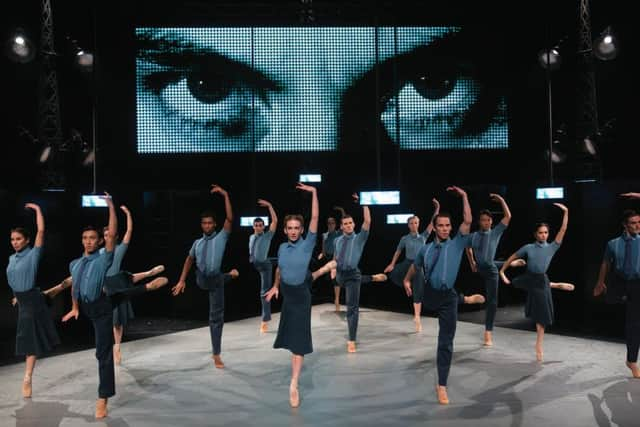

Taking productions on the road was a bit of an eye-opener, though. “Touring was extreme. One week the company might be dancing on a full sized stage in a theatre in Sunderland or Newcastle, and the next week in community halls with stages the size of a postage stamp.
Northern Ballet’s Dracula opens Leeds Playhouse’s newly refurbished Quarry Theatre“On one occasion a well intentioned resident had waxed the stage floor for the dancers and Laverne was on his hands and knees stripping the wax off the floor before the performance that night.” Barrett found it exhilarating and also tiring. “Because the company was small, all the dancers were on every night. It was exhausting.”
Despite the injuries and fatigue, she has fond memories of the camaraderie that existed. “We worked hard and at least some of us partied hard as well. There were wonderful dancers such as Suzanne Hywel, who contributed greatly to the company’s stature and credibility.”
Advertisement
Hide AdAdvertisement
Hide AdBarrett returned to Canada in 1975 where she taught ballet classes for a time before becoming involved with a project aimed at preventing eating disorders in young dancers and athletes, that led to her becoming an arts therapist and psychotherapist. “My love of dance and all the experiences I had as a dancer form the foundation of my work today. And I am enormously grateful that I had the chance to dance with what is now Northern Ballet. It appears it takes 50 years, and many dedicated and creative artists, to make a dream come true.”
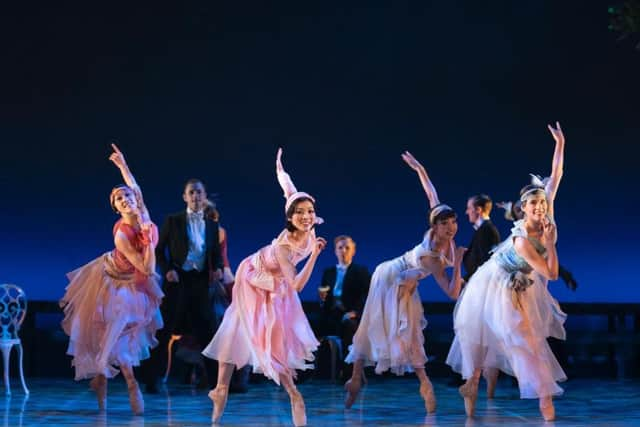

The company grew, changing its name to the Northern Ballet Theatre in 1976. Five years later it put on its first international production in Sicily. Another coup came in 1986 when Rudolf Nureyev, then in the twilight of his career, became its artistic laureate.
This was the year before Mark Skipper, now Northern Ballet’s chief executive, joined the company as deputy stage manager. The first production he worked on was Gillian Lynne’s A Simple Man. “For me, as a relatively inexperienced stage manager, to work with Gillian Lynne who’d just done Cats, was great and a real baptism of fire,” says Skipper.
The company was based in Manchester until 1990 when Arts Council funding cuts forced it to move to Halifax. It was here that they staged a seminal production of Romeo and Juliet. “Finances were really tight then and the board took a risk to invest a lot of money that we didn’t really have in a new production of Romeo and Juliet, directed by our then artistic director Christopher Gable. That was sort of a turning point because it’s become such a well respected interpretation that we still perform today.”
Advertisement
Hide AdAdvertisement
Hide AdKay Mellor on her stage adaptation of Band of Gold as it heads to the Leeds stageSix years after moving to Halifax, the company relocated to West Park in Leeds having been courted by local councillor Bernard Atha, a big advocate for the arts. Leeds has been Northern Ballet’s home ever since, and in 2010, it moved to a new £12m purpose-built home, complete with seven studios, in the city centre, funded with money from the National Lottery, the Arts Council and the city council, among others.
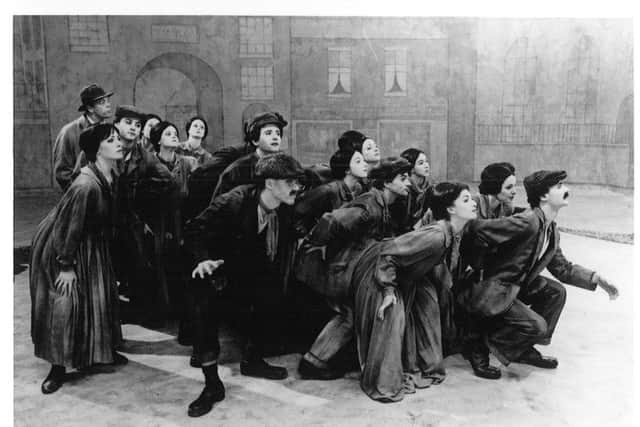

For Skipper, this has been the most significant moment in the company’s history thus far.
“When you’re working, as we were for several years, in a run down secondary school building with two gymnasiums for your studios and
water leaking through the roof, it’s not exactly
the way to impress large scale corporate supporters. So coming into this building changed the way the company was perceived hugely. It meant we could say to people coming to Leeds that this is where we work and where we create our ballets.”
Advertisement
Hide AdAdvertisement
Hide AdThe arrival of David Nixon as artistic director in 2001 also saw Northern Ballet embark on a new creative direction. “We now have this reputation for telling stories in dance that people don’t necessarily expect. We still do things like Swan Lake, but beyond that we’ve done things like 1984, Casanova and The Boy in the Striped Pyjamas.”
There have been challenges, chief among them being money. “It’s always back to funding and chasing better funding to keep the company secure,” says Skipper. “There have been various times over the years when the Arts Council have made funding cuts – 2010 was a big one and bad timing for us because that was the year we moved into this building. Then there were some big cuts when they reduced the revenue grants they were giving to all funded organisations, so that was a really difficult time. But you find ways of turning it around.”
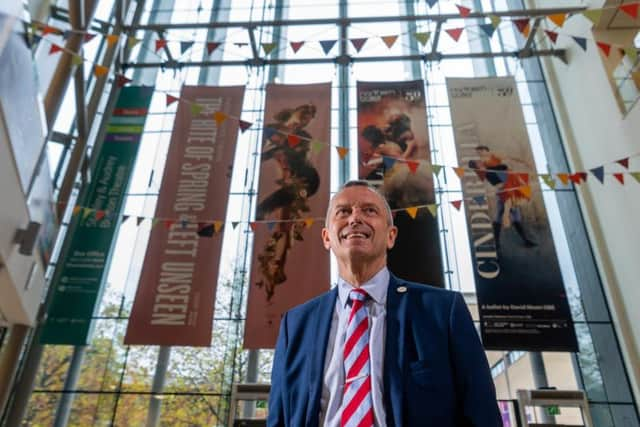

One positive to have come out of the arts funding cuts has been the collaborations between companies – such as with Victoria, which Northern Ballet co-produced with the National Ballet of Canada earlier this year.
For Northern Ballet, its children’s ballets and school programme are part of its raison d’être and help it reach the audiences of tomorrow.
Advertisement
Hide AdAdvertisement
Hide AdIn January, a 50th Anniversary Celebration Gala, bringing together dancers from some of the world’s leading companies, will be held at Leeds Grand Theatre. It will also mark the start of an anniversary programme that includes three world premieres.
“The good thing about ballet is you can tell stories that aren’t verbal which gives it a universal appeal,” says Skipper. “Our recent production of Dracula went out in cinemas across Europe and it didn’t matter that people couldn’t speak English. So it is still popular and it is still a valid art form.”
For information on Northern Ballet’s upcoming performances for its 50th anniversary year go to northernballet.com